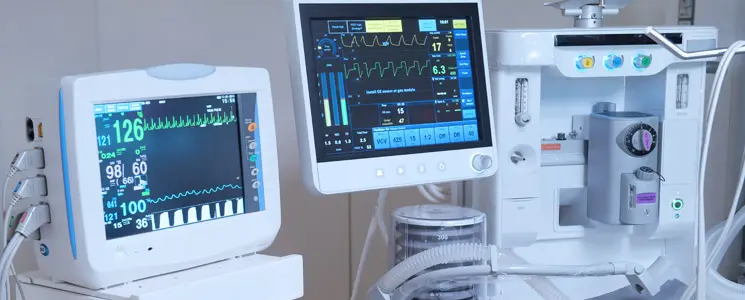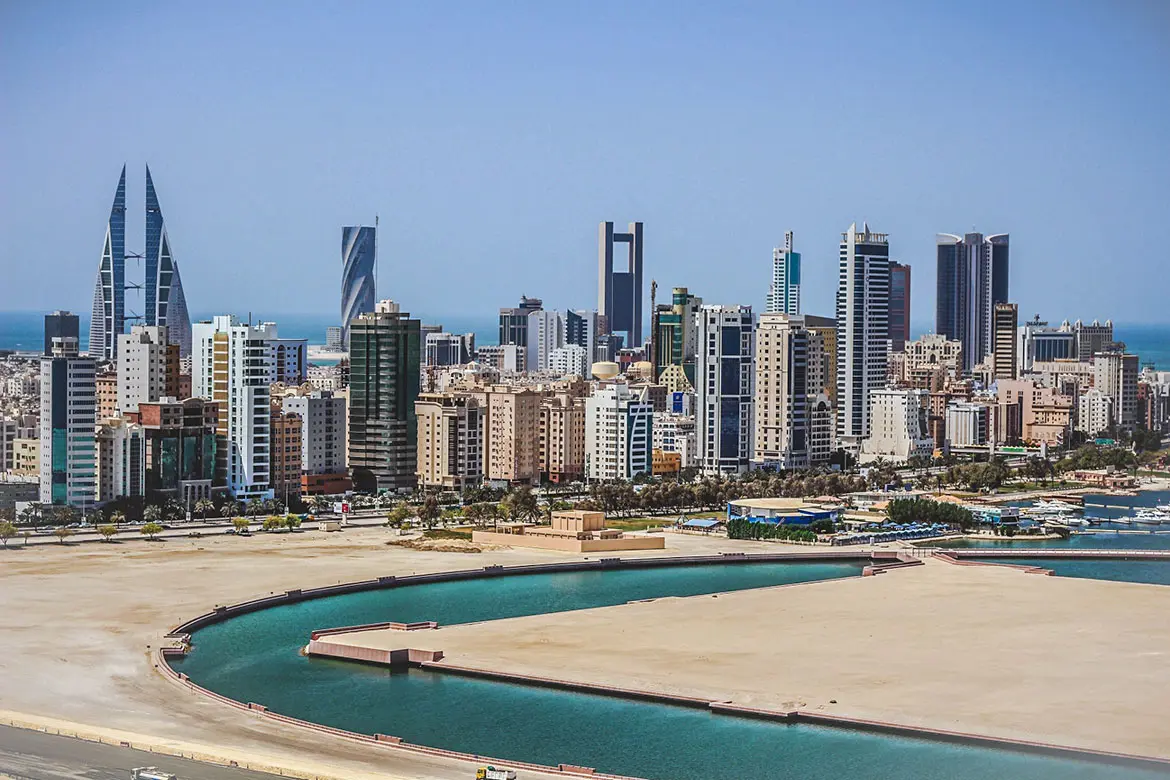Bahrain Medical Device Registration
Pre-Registration Requirements:
- Only an authorized local representative, registered with NHRA, can submit a medical device registration application on behalf of the manufacturer
- All devices must be classified according to risk (Class I, IIa, IIb, III, and IVD A-D) before application
- The authorized representative and the device will be listed on the NHRA website once registered
Document Submission Process:
- Appointments for submission are scheduled online (e.g., via Ajheza or Appointy system) and all required documents must be submitted electronically or on CD at the booked time
- Required documents include a filled registration form, technical documentation (user manuals, service manuals, catalogues), labeling/artwork, quality certificates (e.g., ISO 13485, CE, FDA), and agreements between manufacturer and representative
- Additional documents may include instructions for use, a list of markets where the device is sold, field safety notice records, and declarations of conformity or recall status

Review and Approval:
- NHRA reviews the application and supporting documents over a period of 6–8 weeks (40–80 working days)
- If the application is rejected, applicants have two more opportunities to address deficiencies before a resubmission fee is required
- Upon approval, a registration certificate is issued, valid for 1–5 years depending on the validity of the submitted quality assurance certificate
Post -Registration and Market Access:
- Only NHRA-registered devices can be purchased by healthcare institutions in Bahrain.
- Importation is a separate process from registration and must be conducted through pre-approval systems (e.g., OFOQ platform)
- The license holder must apply for renewal at least nine months before expiration and maintain up-to-date safety and performance documentation

How Can RegDesk Help?
RegDesk is a next-generation web-based software for medical device and IVD companies. Our cutting-edge platform uses machine learning to provide regulatory intelligence, application preparation, submission and approvals management globally. Applications that normally take 6 months to prepare can now be prepared within 6 days using RegDesk. Global expansion has never been this simple.
 Bahrain
Bahrain 
